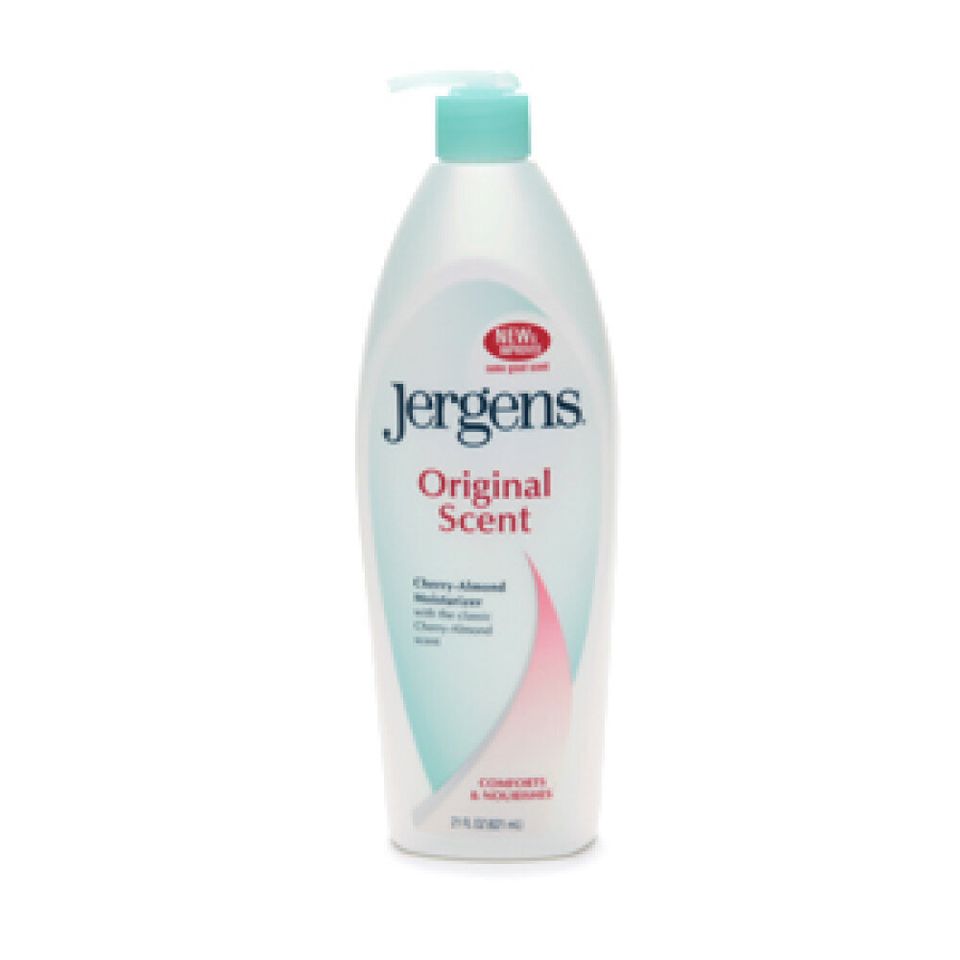Acetaminophen (Tylenol, Tempra, Anacin) is the top-selling over-the-counter painkiller, available without prescription since the 1950s, yet there have long been serious questions about its safety. The drug has what is called a "narrow therapeutic window," meaning the amount that might harm you is not that much more than the amount that will make your pain go away. In fact, it appears some people are sensitive enough to be hurt badly even by today's recommended doses.
Known as paracetamol in much of the world, acetaminophen can be terribly unfriendly to your liver if you take a little too much, and terribly unfriendly to you staying alive if you take a lot too much. It is the leading cause of overdose, intentional or accidental, and the drug most commonly involved in people seriously damaging their livers.
Yet so few people seem to know this, to understand how dangerous that bottle of pain reliever sitting on their shelf or in their bag can be. It is especially dangerous for those whose liver is a bit suspect already thanks to too much alcohol, or too much bacon, and an advisory panel to the U.S. Food and Drug Administration has recommended lowering the daily recommended maximum. Canada and the United States do have warning labels saying the stuff is hard on your liver, but the Canadian ones don't exactly jump out at you, often buried deep in the fine print.
Countries like France and Germany, New Zealand and the United Kingdom, on the other hand, have gone further, restricting where you can buy acetaminophen, how much you can buy at a time. In 1998, the British brought in a law limiting the purchase of acetaminophen to 32 pill packages except with the OK of a pharmacist. Research results vary, but some papers suggest that in the few years after the change, hospitalizations for liver damage dropped as much as 30 per cent, deaths close to 20 per cent. In one study, serious overdoses dropped by nearly 65 per cent, and the overall number of acetaminophen pills people took decreased, suggesting the new law played a role.
To be fair, the number of cases is not huge when you think about just how much acetaminophen is sold. According to Health Canada's database there were just over 2,400 reports of possible acetaminophen toxicity between 2005 and 2013, 287 of them fatal.
Still, if packaging changes can save many of those lives and prevent many more hospital visits, isn't it time Canada, the United States, and other countries joined their sausage and mash-eating friends in the U.K. and took stronger action than just labelling? After all, manufacturers have to follow packaging restrictions in major markets already. It is a small nudge that appears effective in preventing people from taking too much.
Industry resistance is near inevitable though -- they already opposed the warning labels. Besides the cost of changing packaging, their biggest reason for opposing a change will be the fear that sales would decrease. Not surprisingly, it's often hard to convince manufacturers to support things that lead to lost revenue.
Are we likely to see new packaging restrictions? Health Canada has a working group looking at the acetaminophen issue, but one with a secret membership, which usually means it has a sizable industry presence. The Canadian government has already ignored advice from its own scientists for stronger warnings on the bottles. Will it also ignore the best practice of a country like the United Kingdom, which was able to bring down its acetaminophen overdose rate?
Both Health Canada and the U.S. Food and Drug administration have initiatives to educate their citizens about the risks of of acetaminophen. And we need to remember the alternatives are not like taking candy either. Medications like aspirin and ibuprofen, for example, are pretty adept at causing bleeding ulcers. Nonetheless, we can keep acetaminophen as our go-to nonprescription painkiller and still take stronger action to reduce harm. Acetaminophen package limits seem to work. Adopting them on this side of the Atlantic is long overdue.
Dr. Kapil Khatter's health policy pieces can also be found at illgotgains.com.
ALSO ON HUFFPOST:
